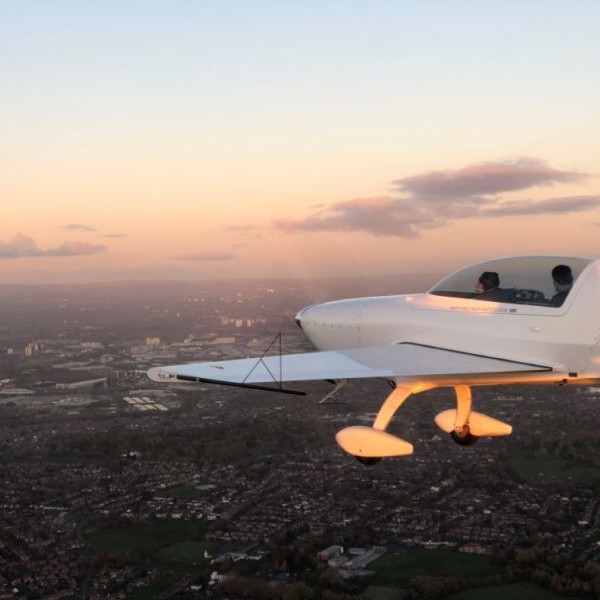No products in the cart.
Tailwheel Training
Showing all 2 results
Filters Sort results
Reset Apply
If you want to be a proper pilot, you need to be able to fly a proper aeroplane, an aeroplane with a conventional undercarrage. Two main wheels up front and a wheel on the tail is said to have a conventioanl undercarrage, because when aeroplanes were first built/designed, that was the norm. Then in the 1960's the 'land-o-matic' system was introduced, it made landing an aeroplane much easier, having a tri-cycle undercarrage became the most popular design. Last Updated: 12-12-2023 | Company / Seller: Location: Bournemouth ⋅ England ⋅ Europe ⋅ Dorset ⋅ South West ⋅ UK | |
We can deliver tailored training, tailored for your individual needs & goals, providing your own aircraft is suitable for the desired training. £75/hr. Last Updated: 27-03-2023 | Company / Seller: Location: Manchester ⋅ England ⋅ Greater Manchester ⋅ Europe ⋅ North West ⋅ UK |
Tailwheel Conversion Training on AvPay
AvPay has a range of Tailwheel Training Courses in the US, Europe, Australia, South Africa and throughout the world. Contact Flight Training Providers directly on AvPay to compare prices through the Aviation Directories here: https://avpay.aero/directory/
AvPay is a global aviation marketplace that lets you browse a wide selection of Tailwheel Training Courses. View all of our Flying Courses and discover other related Aviation Products & Services here: https://avpay.aero/marketplace/
Can’t find the Tailwheel Conversion Course you’re looking for? Check-out the Aviation Directories to find an Aviation Company that offers the service you’re looking for: https://avpay.aero/directory/
AvPay: Connecting Pilots with Flight Training Providers Worldwide!
Tailwheel aircraft, also known as conventional gear aircraft, are generally considered more challenging to fly compared to tricycle gear aircraft. Tailwheel aircraft have a different landing gear configuration compared to tricycle gear aircraft. In tailwheel aircraft, the main landing gear is located aft of the centre of gravity, while the nose of the aircraft is supported by a smaller tailwheel or skid. This configuration makes the aircraft inherently less stable on the ground, especially during take-off and landing. Tailwheel aircraft require more attention and skill during ground handling. The centre of gravity being forward of the main landing gear makes them more prone to ground loops or swerving if not properly controlled. Pilots must be proficient in using rudder inputs to maintain directional control, especially in crosswind conditions. During takeoff in a tailwheel aircraft, as the aircraft accelerates, the tailwheel gradually loses contact with the ground. This transition from three-point contact to two-point contact requires careful management of elevator and rudder inputs to maintain directional control and prevent the aircraft from swerving or veering off the runway. Landing a tailwheel aircraft requires a different technique compared to tricycle gear aircraft. Instead of touching down on the main wheels first (as in tricycle gear aircraft), tailwheel aircraft typically land in a three-point attitude, where the main and tail wheels touch down simultaneously. This technique requires precise control of airspeed, attitude, and descent rate to execute a smooth landing. Due to the location of the main gear aft of the pilot’s seat, tailwheel aircraft often have limited forward visibility during ground operations. The pilot must rely on peripheral vision and proper scanning techniques to maintain situational awareness and avoid obstacles while taxiing, taking off, and landing. Tailwheel aircraft can be less forgiving of pilot errors or mishandling compared to tricycle gear aircraft. Small deviations in control inputs, improper technique, or failure to maintain coordination can lead to ground loops, swerving, or loss of control. Pilots must develop a high level of finesse, coordination, and situational awareness to operate tailwheel aircraft safely. While tailwheel aircraft pose additional challenges, many pilots find flying them rewarding and enjoyable. They require a greater level of skill, attention, and mastery of fundamental piloting techniques. Proper training and experience are essential to operate tailwheel aircraft safely and proficiently.






